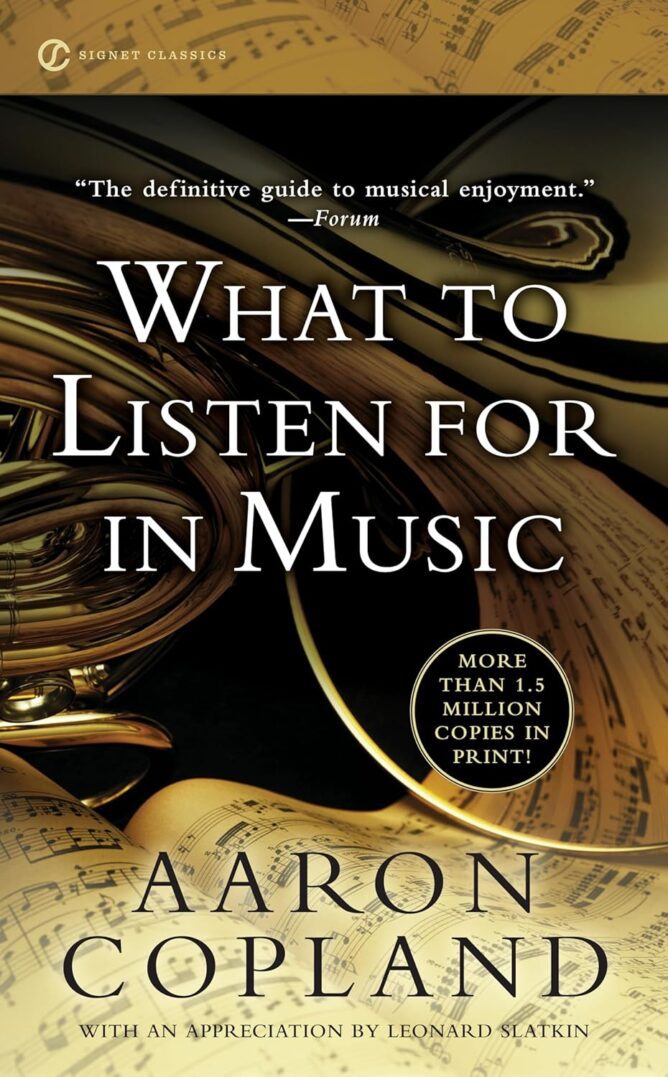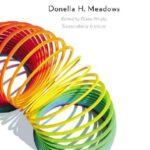
I find Aaron Copland’s What to Listen for In Music (New York: Signet Classics, 2011) difficult to review, not because Copland’s writing style is bad, but because I don’t know very much about music. The book is all the more challenging because it was originally published in 1939, well before the composition of any music popular today. Even “oldies” like Frank Sinatra, Edith Piaf, and Johnny Cash are not part of Copland’s canon.
With this in mind, Copland’s book is ultimately about classical music. Jazz makes a brief appearance, but there is little else that might be recognizable to listeners today: there is no rock, no pop, no country, and no other familiar genres. The only point of reference for listeners today might be film scores. There is no Hans Zimmer, but the concept remains.
The book can be divided into three major sections: parts of music, forms of music, and usages of music.
Although I had to take my time, the parts of music were not too challenging for me. In Copland’s view, these are rhythm, melody, harmony, and tonal color. For even the most casual listeners, these concepts will come intuitively, although the rigor Copland provides might be new. Even tonal color, the concept that seemed least familiar to me, made a lot of sense when I read the text: oboes have entirely different “color” from violins, and so on. Duh!
The most challenging segment of the book was on fundamental forms. These include sonatas, fugues, scherzos, etc. These terms might be familiar to readers who aren’t musically inclined, but understanding their content is not. In fact, I still do not fully get them: this is a book that cannot be fully understood by reading, it requires exposure to music as well. Fortunately, Copland provides a list of recommended listening for each form.
The last section is on a few different ways music is used: opera, “modern” music, and film. In Copland’s time, it appears that opera was viewed negatively by the musical elite (in part due to composers pushing back against Wagner). Today, I think, opera is viewed once more as an elite form, although it will be more recognizable for Europeans than for those in other parts of the world. The music that Copland characterizes as “modern” is largely that produced between the First and Second World Wars. It would hardly be characterized as “modern” today, and Copland critiques some listeners who complain that the music is too dissonant. On the contrary, he says, these listeners have yet to develop an ear for it. Finally, Copland discusses the importance of music to film. Copland’s views here very much remain in effect: film scoring is fundamental to the emotional experience of a film, and some of the best music is that which the audience does not even notice.
Copland’s is a good, rudimentary introduction for those curious about classical music. I suspect that it still carries weight in the world of classical music, though it seems less applicable to more recent music genres. Of course, rhythm, melody, harmony, and tonal color continue to be fundamental parts of music, the forms themselves have shifted dramatically. It’s worth reading for those dipping their toes into the field for the first time.



